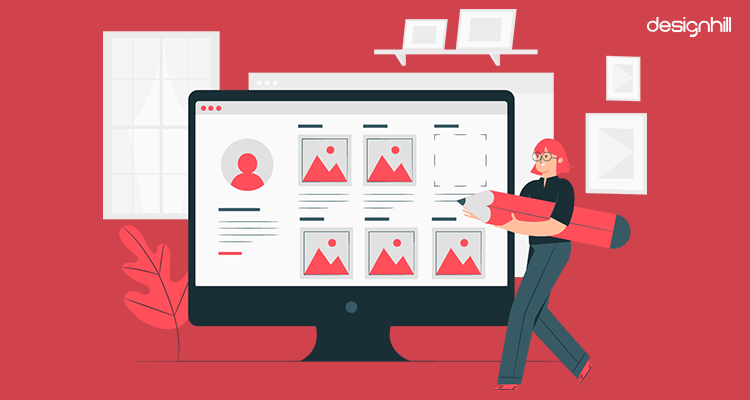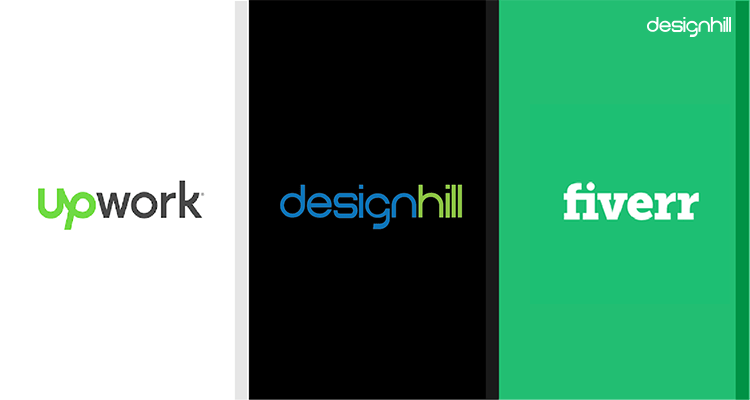Last updated on November 23rd, 2022
Many people leave their regular jobs in haste and start freelancing. As they aren’t well-prepared for it, most of them fail to leave a good impression on their potential clients by their work and services. Consequently, they end up paying a heavy price by losing so many earning opportunities. Therefore, you must prepare yourself well before you begin freelancing career.
The trend of working from home is on the rise as it enables people to manage their other essential works aptly. Also, they get some leisure time to spend with their family and friends. At the same time, they wish to use their skills for earning their livelihood nicely. But the combination of being your own boss and earning handsomely is not easy to achieve.
A majority of freelancers, who quit their 9 to 5 job without a well-thought-out plan, go back to their regular office job after some time. This is because they did not make all the necessary preparations for a job sitting comfortably at their dwelling place. There are many aspects of freelancing that you need to cover well.
To address this prevalent issue of many freelance graphic designers and other professionals, Designhill conducted a webinar on September 27, 2019. The guest speaker was Ms. Helen – an ace freelance product designer. She is a solopreneur with 7+ years of experience in UI/UX and graphic design. She regularly posts on Instagram @ui.helen to help freelancers and designers.
During the webinar session, Helen shared her experience of working with clients to give useful freelancing tips. The topic of the webinar was – “How to build client relationship & get more clients as a freelancer”. But here we give you the excerpts from the webinar where she is emphasizing on the importance of preparing well for starting a freelancing career.
Check Out The Webinar Video
Here Is What You Need To Know To Prepare Yourself For Freelancing
01. Create A Portfolio
Make sure your portfolio is incredible. When you build your portfolio, keep the principle of less is more in mind. Avoid placing all the projects you started in your career. You need to tell clients — who you are so that they identify you and your work. Therefore, show them the work that you want to do. For example, if you’re going to do logos, then show them logos only, and branding, etc. and do not mix every work you did in the past.
While you’re creating your portfolio to prepare yourself for freelancing, follow the problem-solution formula. What was your client’s requirement? What did you deliver and why? Answer these questions in your portfolio while displaying your works.

When it comes to differentiating a good portfolio from the bad one, know that a lousy portfolio focuses on you as a freelancer and not on your work. This is because clients or recruiters want to hire a freelance graphic designer or any other professional; they do not have time to know about you and keep other freelancers waiting. They are not interested in your experience and what are your likes and dislikes in personal life. What they straightaway want to know is your ability to do a job. They want to know about what problems you solved for your previous clients and how you did that.
Moreover, a good portfolio lets a client choose the right service immediately. If you are freelancer offering services such as web design, mobile app design, and branding, then the client in need of web design may instantly click on the button on your portfolio, instead of navigating the site all the way.
For Beginners
If you’re getting your freelance career off the ground, you may not have any design to show in your portfolio. In the case, you should practice as much as you can because due to the lack of experience, you may fail to create a great masterpiece. When I was starting, I went to Behance and used to look for something exciting.
Suppose there is a website for cloths. I take one design and then compare it with dozens of similar cloths in other websites. I wanted to see how I can create a different design. This is how I learned to solve problems and created designs for my portfolio.
Platforms For Creating Portfolios
Well, Behance and Dribble are the platforms to create a portfolio. But I would personally recommend you to buy a domain and have your own website if you can devote time to it. There is nothing better than to have your own portfolio website as you can drive traffic to it.
02. Build A Corpus Of Sufficient Cash
Having a sufficient amount of money for the next 3-6 months is essential when you’re planning to quit a regular job and prepare yourself for freelancing. When I started freelancing, I got my first client after three and a half months. So, you may have to go through the period when times are tough enough in terms of lack of cash.

03. Start From One Platform
Once you have the portfolio, start your freelancing work with one platform only. There are some reliable platforms you can begin with, such as — Designhill, Fiverr, or UpWork. Just choose anyone that suits you best and start working slowly.

04. Write Cover Letters
You write a cover letter each time you apply for a new job. Do not address your client as Hello, Hi, Ma’am, or Sir in your cover letter. If you know his name, use the first name only. Do some research about your clients’ business and tell them in the cover letter that you visited their websites and that you know about their business. You can then explain how excited you are to start a project with them. This is a crucial part of the whole freelance process.
From my experience, I can say that many clients put little passwords in between the text. It happens especially when you are made to read a long document. At the end of the text, somewhere, they may write a sentence like — When you apply, please write “congratulations”. This is a sort of trick that many clients use to find out that you have read the post to the end.

Also, show how you can help your client in completing the project. You can mention that you’ve researched the competitors and you can help them stand out in the competition. I tell them how cool the idea of their startup is and that I have spent five minutes researching their site. I’ve seen your competitors, and I believe I can do better than them.
Another thing to note when you prepare yourself for freelancing is that finish your cover letter by asking the questions that encourage clients to talk to you. For example, you can write – when can I call you for collaboration on the project? I always write such a question at the end of the letter.
05. Set Your Proposal
You write a cover letter when applying for a job. But a proposal is something different that needs you to be little more professional. In fact, it is a presentation about you.

You should keep these points in your mind while writing a proposal:
i. Testimonials:
Start your proposal with testimonials. If you already have feedback from real clients, write them at the top. When your satisfied clients say how great your work was, it makes an impression on the client reading your proposal.
ii. Describe Your Services:
Tell exactly what you do as a professional. When I also include my CV for more prominent clients as they might want to know who you were working with before. So, if you are a designer, tell as much as you can about your graphic design services.
iii. Work Process:
Tell about your work process. For example, I have two services, user experience design and branding. So, I describe my process for each one of them as they are different. Describe your work process step-by-step. Tell what you do to achieve the final improvement. Give as many details as you can. I give my work process details in 10 steps for user experience design and seven steps for branding. When you look for freelance graphic design jobs that are from big clients, think of making your work process as clear as you can.
iv. Pricing:
After describing your method of work, you can put a price to the packages, if you have them. Or make a list of price. I do value-based pricing. This is because I am not sure how much this website is going to cost me. Since the amount of work is different, so are the prices.
v. State Deliverables:
Make sure you state deliverables for every single service. This is important. I have been through a lot of situations where clients want to have a web design with a .psd source file. But I did not use this tool to design a website in my younger days. Since I was not experienced at that time, I had to do that as well. So, make sure that you state the formats you work with, how you handle designs to development if you are in the web design. Describe it in details.
vi. Payment Policy:
Pay attention to the payment policy. I have been saying this on my Instagram blog that no one should work without prepayment. This is because most of the time if people do not want to make a prepayment, they will not pay at all in the end. Therefore, state your payment policy. For example, if I take 50 percent payment in advance, then you can set your policy as 50:30:20 or any other way. Also, make sure to say that prepayment is not refundable.
So, these are the top tips that you should consider following when preparing yourself for freelancing. Make sure that you pay attention to each of the advice so that you can lay a solid foundation to the career. Also, do not forget to register on sites like Fiverr to give a start to your freelancing career.
Wrapping Up
Freelancing is a lucrative business if you have laid a good foundation for the career. You must enter this field well prepared by covering all of your risks and having the basics in place. Make it sure that you have enough cash beforehand, a beautiful and professionally created portfolio; you know how to write cover letters and create a proposal for clients. Most importantly, start freelancing with one site only and then take more work gradually.

